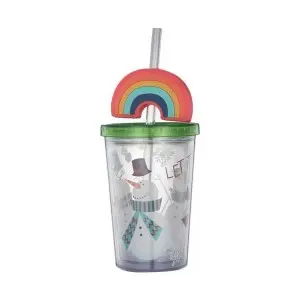The question of whether 2-litre bottles are recyclable has long been a topic of debate among environmental enthusiasts. Understanding the recyclability of commonly used plastic products is critical as we work towards a more sustainable future. In this blog post, we delve into the world of 2-liter bottles to determine their recyclability and shed light on the importance of responsible recycling practices.
Find out what’s in the 2 liter bottle:
To determine the recyclability of a 2 liter bottle, we must first understand its composition. Most 2-liter bottles are made from polyethylene terephthalate (PET) plastic, which is commonly used to make a variety of household items and packaging. PET plastic is highly valued in the recycling industry for its durability, versatility and wide range of uses.
Recycling process:
The journey of the 2 liter bottle begins with collection and sorting. Recycling centers often require consumers to sort waste into specific recycling bins. Once collected, the bottles are sorted according to their composition, ensuring that only PET plastic bottles enter the recycling line. This step is critical to ensure the quality and efficiency of the recycling process.
After sorting, the bottles are torn into pieces, called flakes. These sheets are then thoroughly cleaned to remove any impurities such as residue or labels. After cleaning, the flakes melt and transform into small particles called granules. These pellets can then be used to produce new plastic products, reducing reliance on virgin plastic materials and mitigating environmental degradation.
The importance of responsible recycling:
While the 2 liter bottle is technically recyclable, it’s worth emphasizing the importance of responsible recycling practices. It’s not enough to just toss the bottle in the recycling bin and assume responsibility has been met. Poor recycling practices, such as failing to properly separate bottles or contaminating recycling bins, can hinder the recycling process and lead to rejected loads.
Additionally, recycling rates vary by region, and not all regions have recycling facilities capable of recovering the value of a 2-liter bottle. It is vital to research and stay informed about recycling capabilities in your area to ensure your efforts comply with local recycling guidelines.
Bottles and bulk packaging:
Another important consideration is the carbon footprint associated with single-use bottles versus bulk packaging. While recycling 2 liter bottles is certainly a positive step towards reducing plastic waste, alternatives such as buying drinks in bulk or using refillable bottles may have a more significant impact on the environment. By avoiding unnecessary packaging, we can significantly reduce our carbon footprint and contribute to a more sustainable society.
In conclusion, 2 liter bottles made of PET plastic are indeed recyclable. However, recycling them effectively requires vigilant engagement in responsible recycling practices. Understanding the content of these bottles, the recycling process, and the importance of alternative packaging options is critical to making informed decisions to minimize environmental impact. Let’s all work hard to embrace sustainable practices and create a greener future for generations to come!
Post time: Aug-12-2023
